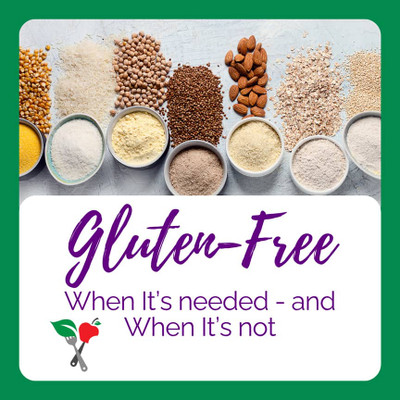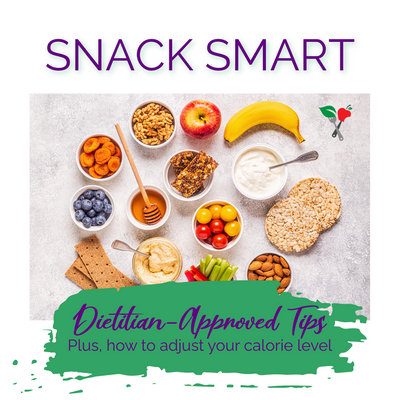Watercress: Why This Green Deserves a Main Spot on Your Plate
Watercress has been moving up in the culinary world. It has advanced from a garnish to a featured dish on our plates and is now being recognized for its many benefits for our health. In fact, one study which ranked 47 fruits and vegetables as powerhouse fruits and vegetables, listed watercress as the #1 food associated with reduced disease risk with a perfect score of 100%.
Top 5 Powerhouse Fruits and Vegetables
| Item | Nutrient Density Score |
| Watercress | 100.00 |
| Chinese Cabbage | 91.99 |
| Chard | 89.27 |
| Beef Green | 87.08 |
| Spinach | 86.43 |
Watercress belongs to the cruciferous vegetable family,
along with arugula, broccoli, Brussels sprouts, cabbage, cauliflower, kale,
radishes, chard, and turnips. Cruciferous vegetables and leafy greens topped
the list of powerhouse fruits and vegetables. In addition to the nutrients
looked at in this study, this group of vegetables contains a variety of
phytonutrients with unique health-promoting benefits.The study published
in Preventing Chronic Disease reviewed
47 different fruits and vegetables and which items contained at least 10% of 17
different nutrients for a 100-calorie serving. Surprisingly, foods you often
hear about, like celery, garlic, and blueberries, didn’t even make the list.
Being high in vitamin C, fiber, vitamin K, phytonutrients, and rich in vitamin A, potassium, and sulfur-containing compounds called glucosinolates watercress is becoming known for its positive impact on combating inflammation, reducing cancer risk, preventing diabetes, and improving heart and bone health.
Reducing Inflammation
Inflammation is thought to contribute to poor health and disease. Having a pro-inflammatory diet, such as the traditional American diet, has been linked to increased cases of heart disease, diabetes, obesity, and cancer. Cruciferous vegetables, including watercress, are high in anti-inflammatory antioxidants. A higher intake is associated with reduced markers of several inflammatory markers including tumor necrosis factor (TNF), interleukin 1-beta (IL-1β), and interleukin-6 (IL-6). These antioxidants can help to fight free radical damage, prevent oxidative stress, and potentially aid in disease prevention. When eaten raw, a compound called indole-3-carbinol works to block the production of nitric oxide which is known to decrease the synthesis of inflammatory markers. An article in the publication Molecules found over 40 unique flavonoids in watercress. Watercress outperformed all other vegetables in the study in the number of phenols and the ability to neutralize free radicals.
Cancer Prevention
Cruciferous vegetables, like broccoli and watercress, are rich in cancer-fighting glucosinolates. These glucosinolates are what give these vegetables their pungent aroma and bitter flavor. It is thought that the selenium in watercress along with the glucosinolate aid in cancer prevention by altering the metabolism of estrogen, preventing oxidative damage, and promoting the death of cancer cells. Increased intake of cruciferous vegetables is associated with a decreased risk of stomach, colon, rectal, and lung cancers and may reduce the risk of bladder, breast, prostate, ovarian, and endometrial cancer. The indol-3-carbinol content in watercress also supports specific phase 1 detox enzymes that can aid the breakdown of carcinogenic substances.
Improving Blood Sugar
Eating watercress may help to reduce the risk of diabetes. Many programs to help people with high blood sugar focuses on increasing the intake of non-starchy vegetables. These foods help to increase the fiber and overall nutrient content of the diet while providing little calories and sugar. The fiber in cruciferous vegetables can help to better manage blood sugar and also helps increase the feeling of fullness which may lead to fewer calories eaten throughout the day. One study found that eating 1.35 servings of cruciferous vegetables per day lead to a 14% reduction in the risk of developing diabetes compared to eating only 0.2 servings per day.
Heart Protection
There has been quite a bit of research supporting eating more cruciferous vegetables to help improve heart health. Intake of these vegetables has been linked to a lower risk of dying from cardiovascular disease but also reduced the risk of developing it in the first place. In fact, one study found that eating leafy greens and cruciferous vegetables decreased cardiovascular disease by 15.8%. With its low sodium and fat content and high amounts of vitamins and minerals including potassium, it’s no surprise that watercress may help improve blood pressure, cholesterol, and overall heart health.
Bone Building
Watercress is high in vitamin K which is a very important nutrient for bone health. Vitamin K is a compound in osteocalcin, a protein that makes up healthy bone tissue and helps to regulate the formation of new bone. One study found that people with the highest intake of vitamin K were 35% less likely to have a hip fracture than people with the lowest intake. For individuals taking warfarin (Coumadin), a common blood thinner, vitamin K is a nutrient that needs to be monitored. To ensure that the medication is effectively thinning your blood, it’s important to eat about the same amount of vitamin K every day. Some people translate this to thinking that vitamin K is bad, which it is not. Including watercress and other foods with high vitamin K will benefit the body, but the key is you will want to eat about the same amount week to week. For bone health, eating a variety of foods high in vitamin K is recommended.
Boosting the Benefits
Watercress can be enjoyed in a variety of ways including added to a salad, omelets, pasta dishes, smoothies, sandwiches, wraps, and soups. Cooking watercress will lead to loss of water-soluble vitamins such as vitamin C and will lead to a breakdown of the beneficial indole-3-carbinol phytochemicals. This doesn’t mean you should only eat it raw but that you should be mindful of preparation techniques. To retain nutrient content, it is best to stick to low moisture methods of cooking and shorter cooking times. Microwaving, steaming, and stir-frying will lead to the lowest amount of nutrient loss. The highest nutrient loss comes from boiling.
At Seattle Sutton’s Healthy Eating we include a variety of cruciferous vegetables on our menus and are excited for our newest addition to our menu: Grilled Chicken Ravioli with Watercress Sauce. This dish features ravioli stuffed with grilled chicken paired with tomatoes Provencal in a creamy watercress-spinach sauce served with a mixed green salad.

Interested in eating healthy? Hungry for more?








 Weight Loss
Weight Loss Health & Wellness
Health & Wellness Diabetes
Diabetes Heart Health
Heart Health Motherhood & Family
Motherhood & Family Dietary Restriction
Dietary Restriction Other Health Conditions
Other Health Conditions About SSHE
About SSHE


